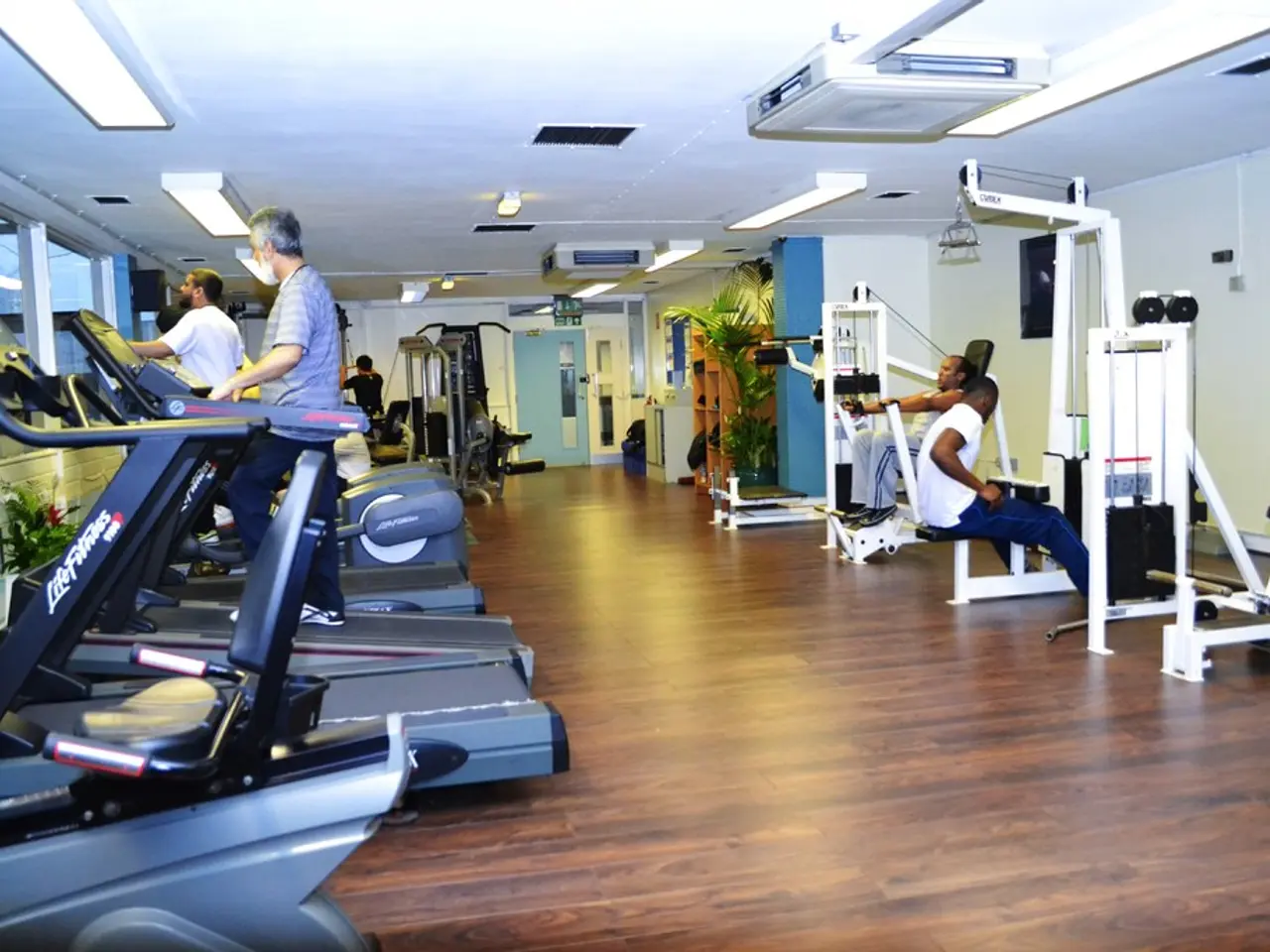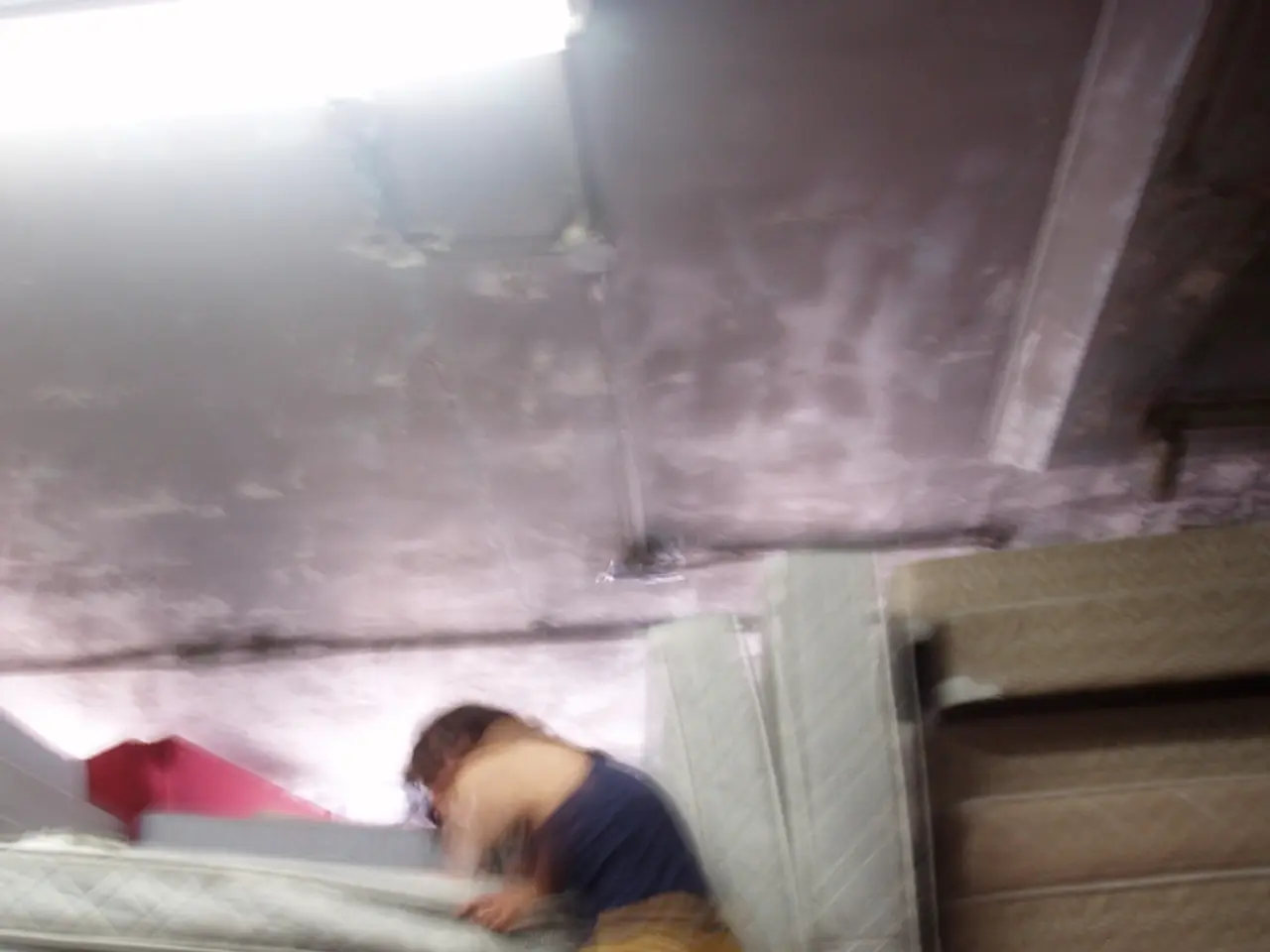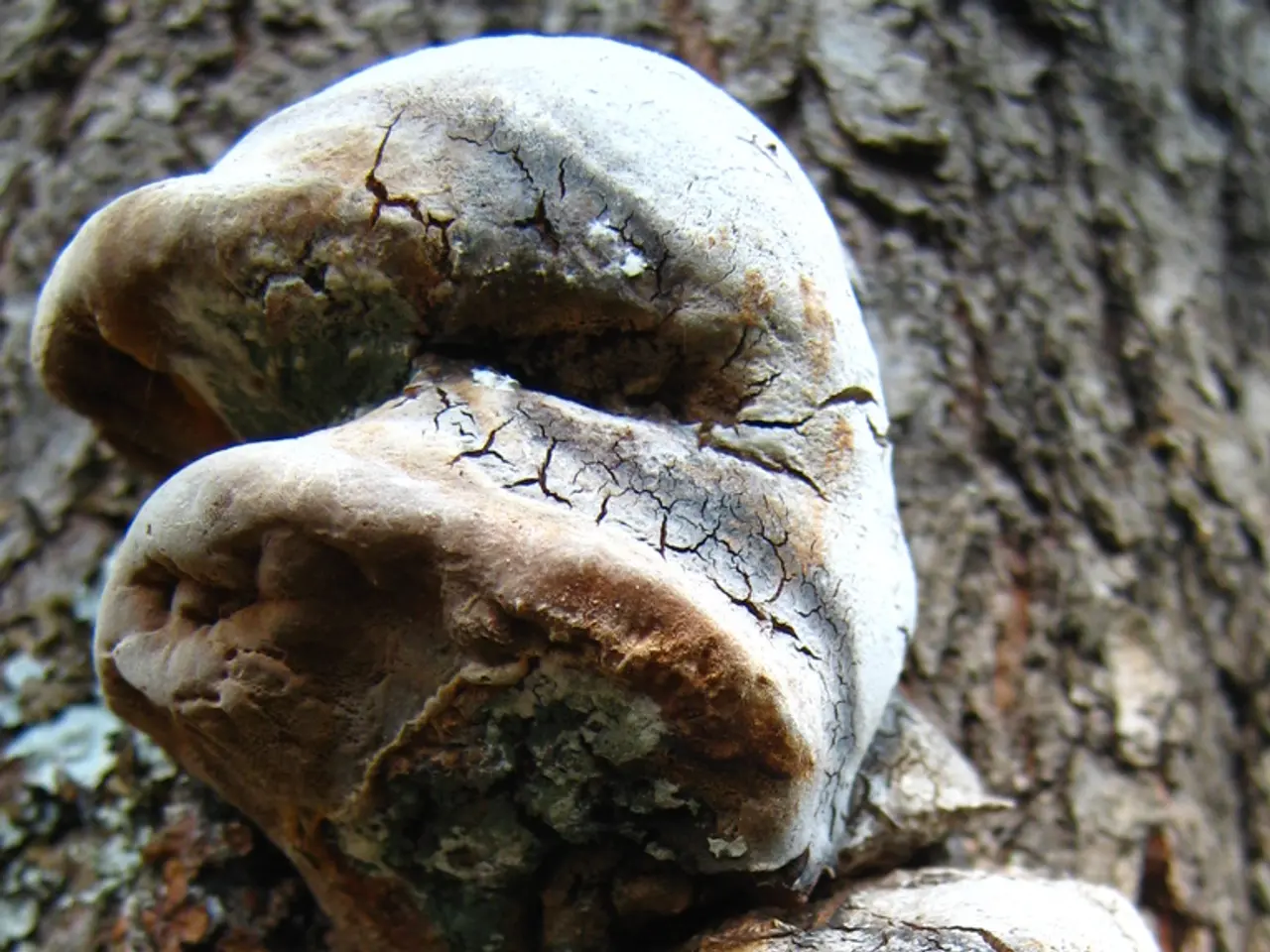Toe Blisters: Various Classes, Remedies, and Avoidance Strategies
Blisters between the toes are a common issue that many people experience at some point in their lives. This article aims to provide a clear understanding of the most common causes, effective home treatments, and when to seek professional help.
The most prevalent cause of blisters between the toes is friction, often due to shoes that are too tight or ill-fitting, causing rubbing and irritation. [1] Another common culprit is athlete's foot (tinea pedis), a fungal infection that thrives in warm, moist environments such as sweaty or damp socks and shoes. [2][3][4] Environmental factors like frostbite or sunburn can also lead to blister formation on the toes. [2]
In most cases, blisters go away on their own within 1-2 weeks. However, breaking or picking at a friction blister can cause an infection and prolong healing. [1]
Effective home treatment for blisters between the toes involves keeping the area clean and dry, avoiding popping or puncturing blisters, using over-the-counter blister bandages or protective padding, and applying an ice pack to reduce swelling and pain if needed. [2] For blisters caused by athlete's foot, antifungal treatments such as topical creams or powders available over the counter can be beneficial. [3][4] Wearing well-fitting shoes and moisture-wicking socks can also help reduce friction and moisture buildup.
If a blister becomes discoloured (yellow, green, purple), inflamed, or shows signs of infection (pus, increased redness, warmth, swelling), seek medical attention promptly. [2][4]
It's essential to note that numerous infections can cause blisters on the feet or between the toes. [1] Certain insect bites, partial thickness burns, chemical burns, ice burns, and some skin conditions can also lead to blister formation. [1] For instance, Dyshidrotic eczema causes blisters on the soles of the feet and between the toes or the palms of the hand and fingers. [1] Bullous impetigo is a bacterial infection of the skin that can present with blistering. [1] Vesicobullous tinea pedis, or athlete's foot, is a fungal infection of the foot that can also present with blistering. [1] Hand, foot, and mouth disease is a virus that causes painful blisters on the feet, hands, and mouth. [1] Epidermolysis bullosa is an inherited chronic skin condition that usually appears in infancy or childhood, causing people with this disease to blister easily from minor trauma. [1]
Strategies that minimise friction on the feet and between the toes can prevent most friction blisters. Allergic contact dermatitis can cause blisters on the toes if a person is allergic to something on their shoes or a lotion they have used on their feet. [1]
In conclusion, understanding the common causes of blisters between the toes and implementing effective home treatments can help alleviate discomfort and promote healing. However, if symptoms persist or worsen, it's crucial to consult a healthcare provider or podiatrist for further evaluation and treatment.
Since inappropriate footwear can cause blisters between the toes due to friction, considering health-and-wellness options like well-fitting shoes and moisture-wicking socks is vital for prevention and treatment. Additionally, skin-care products such as antifungal creams could help with blisters caused by athlete's foot, a common fungal infection.




